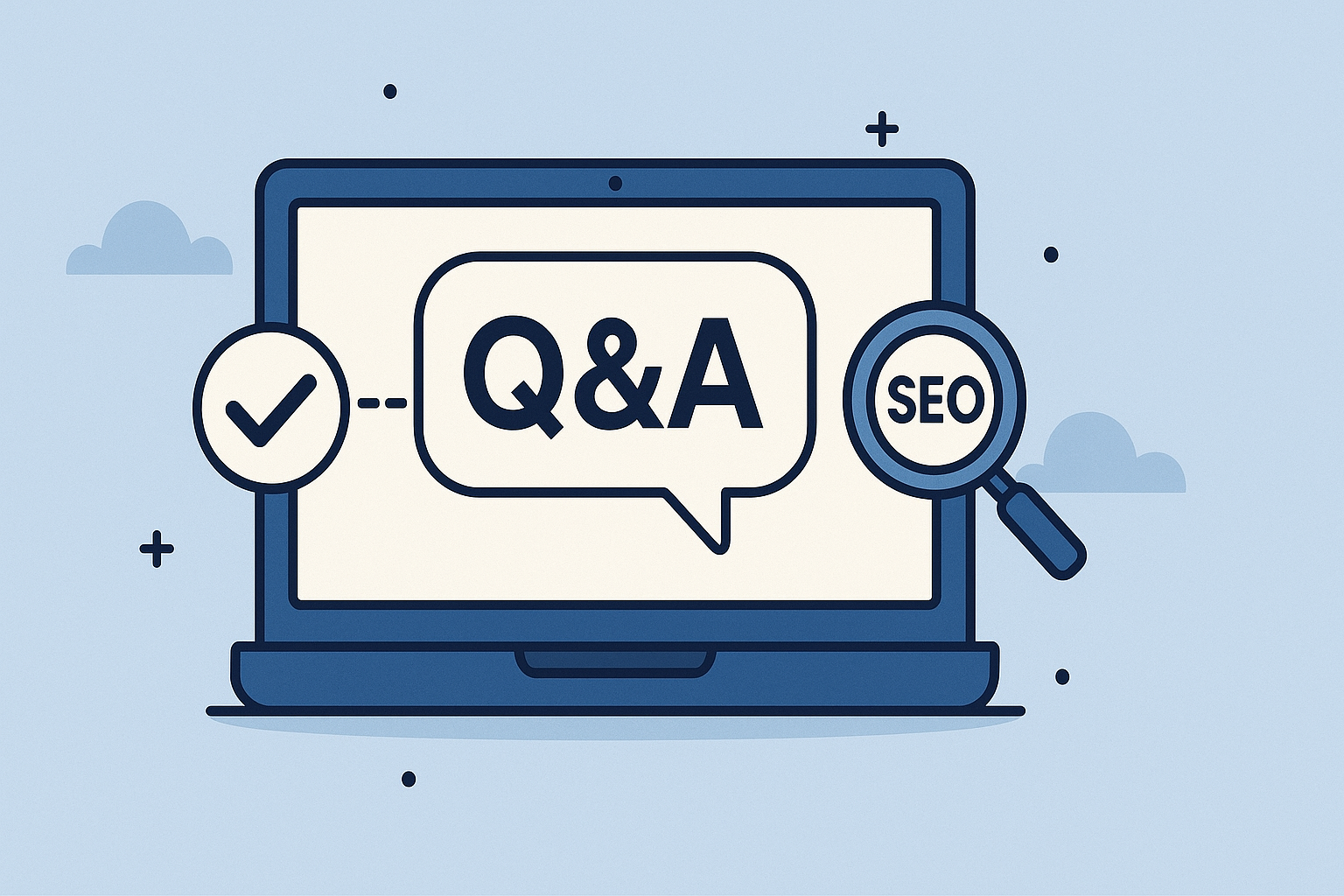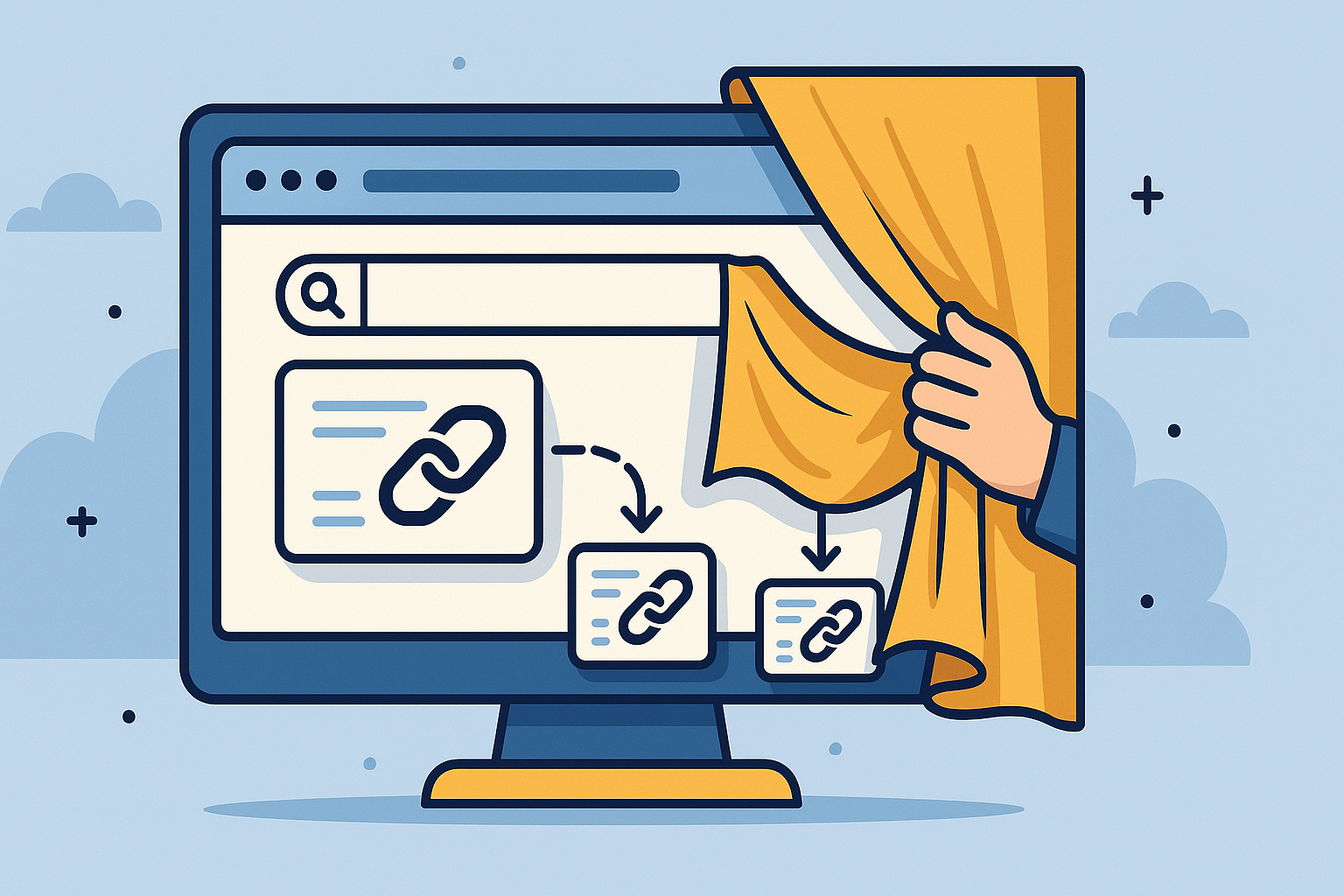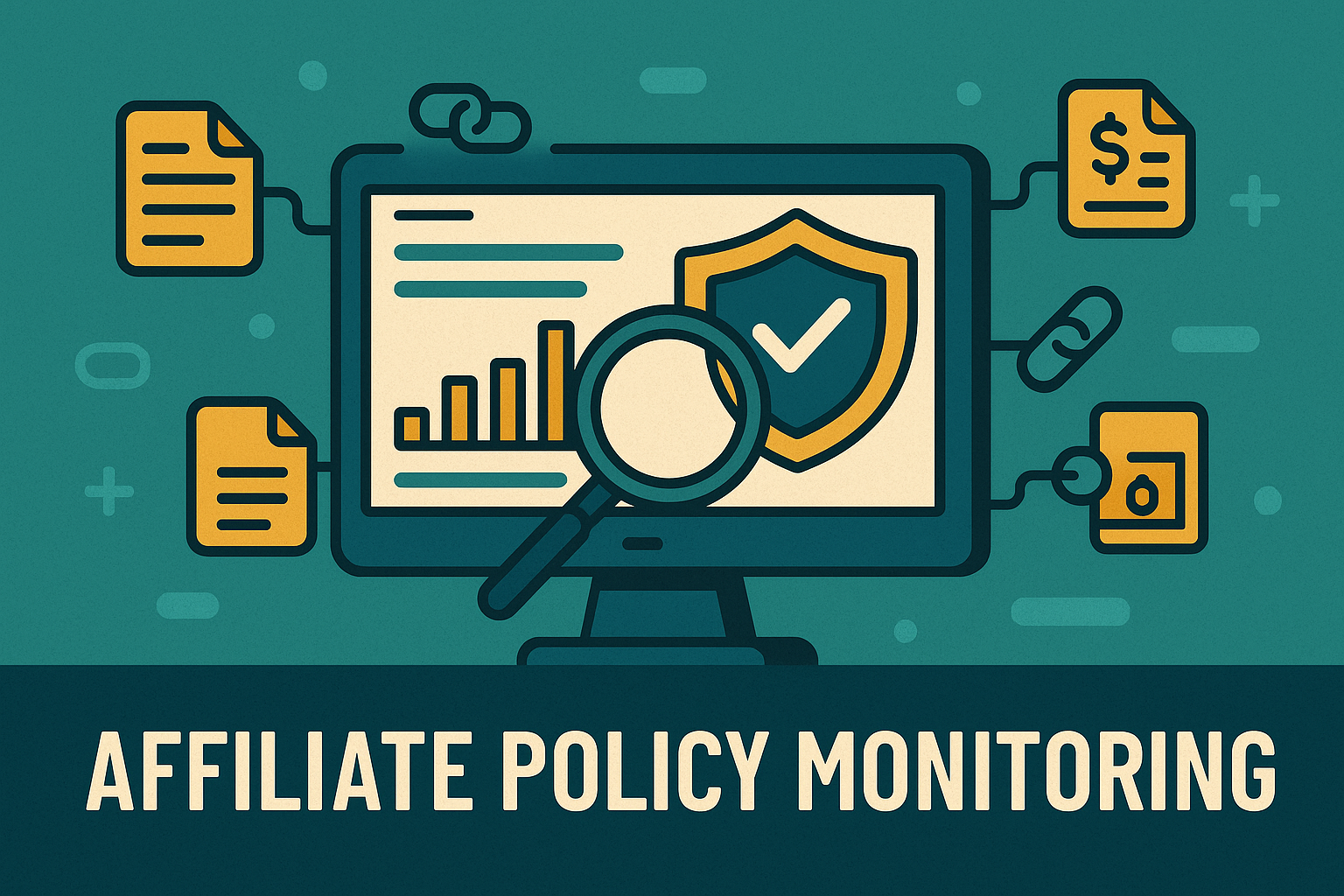Understanding LCP : A guide for SEOs
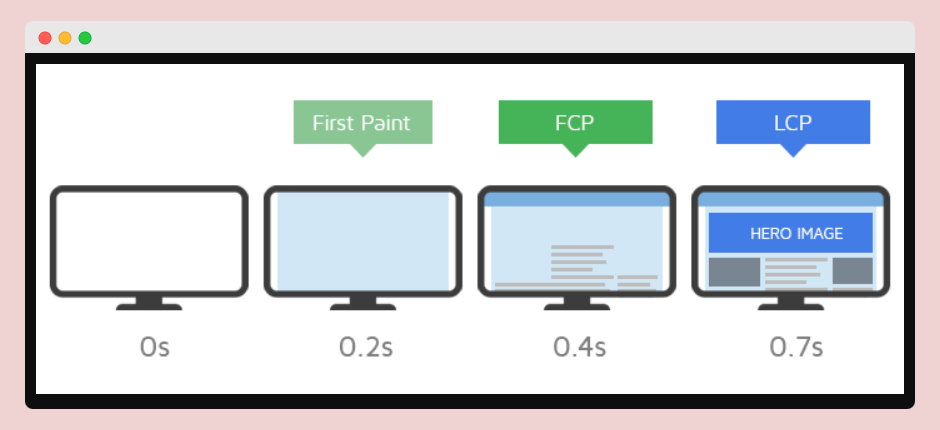
As an SEO working with high-traffic websites across multiple industries, I've seen how Core Web Vitals can make or break search performance.
Through years of optimizing websites, I've found that Largest Contentful Paint is often the most impactful metric, yet it remains widely misunderstood.
In this guide, I want to share what I've learned about LCP and provide practical strategies that have worked for me and my team – all without requiring you to become a developer (or vibecoder should I say 👀).
What is LCP?
Largest Contentful Paint (LCP) measures how long it takes for the largest content element visible in the viewport to render on screen after a user navigates to the page. In simpler terms, it's how quickly your main content becomes visible to users.
I like to think of LCP as answering the question: "When can users actually see what they came for?"
Unlike older metrics that measured when the page started loading (First Contentful Paint) or when it finished loading (onLoad), LCP focuses on when the most significant content appears. This makes it a more accurate reflection of how users perceive your page's loading speed.
The 📏 thresholds for LCP are:
-
Good 😊 : 2.5 seconds or less
-
Needs improvement 😐 : Between 2.5 and 4.0 seconds
-
Poor 🥺 : Greater than 4.0 seconds
For SEO, I recommend aiming to have LCP under 2.5 seconds for at least 75% of your page loads across both mobile and desktop devices.
Understanding the viewport: a key concept for LCP
Before any further explanation, I want to clarify what the "viewport" actually means, as it's essential for understanding this metric.
The viewport is simply the visible portion of a webpage that users see on their screen without scrolling. Think of it as what's "above the fold" in newspaper terms. On mobile devices, the viewport is typically much smaller than on desktop screens.
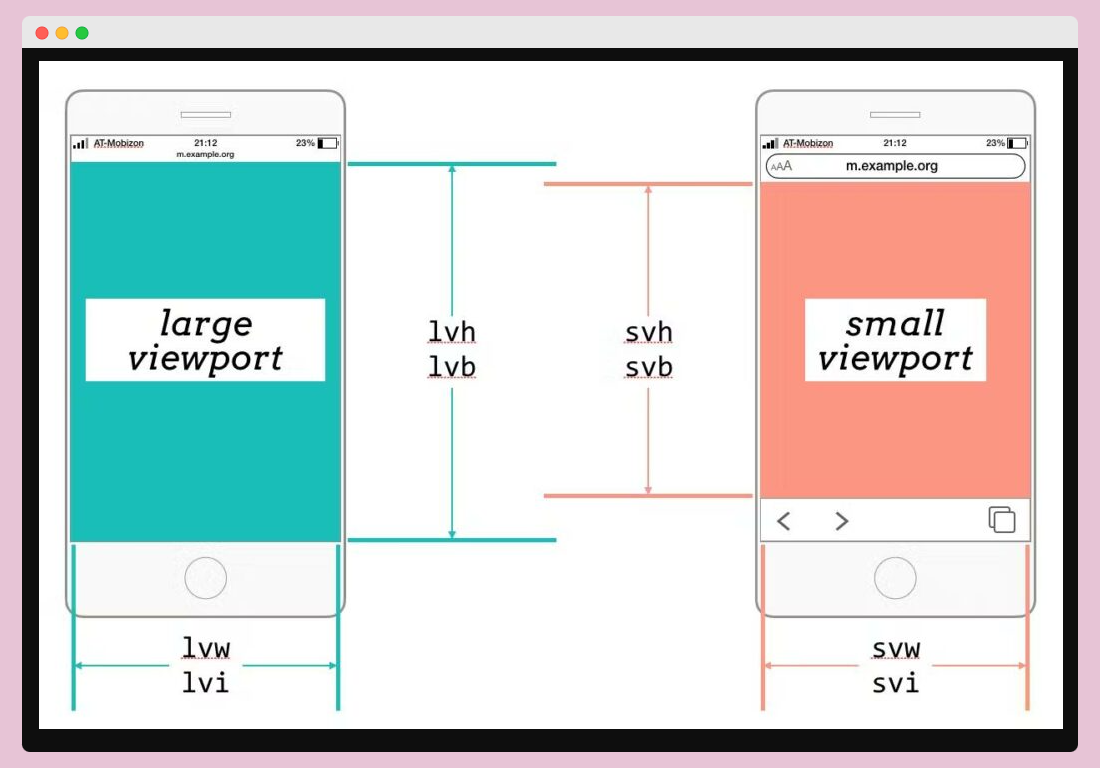
LCP only measures elements within this initial viewport because:
-
These are the first elements users see
-
They create the first impression of your site
-
They determine how quickly users can start interacting with your content
This has important implications for how you structure your pages. For example, if your most important content (like a hero image or headline) is positioned below the viewport, it won't impact your LCP score — but it will affect how quickly users perceive your page as useful.
What elements are considered for LCP?
Understanding which elements can trigger high LCP is key. Google specifically looks at:
-
Images: Both standard <img> tags and images inside SVGs
-
Video elements: Specifically the poster image (thumbnail) or the first frame
-
Background images : Elements with CSS background images loaded via the url() function
-
Text blocks: Paragraphs, headings, or other text-containing elements
What's important to understand is that LCP considers the largest element by visible size in the viewport. This is often a hero image, a large headline, or a featured product image on e-commerce sites.

Elements that don't count for LCP include:
-
SVG elements themselves (though images within them do count)
-
Elements with zero opacity
-
Background colors or gradients
-
Elements that cover the full viewport (likely considered backgrounds)
-
Placeholder images or very small UI elements
Common LCP issues and how to address them
Several common patterns lead to poor LCP scores. Here are the most frequent issues and how to address them:
Issue 1: Late-loading hero images
⚠️ The problem : Large hero images often become the LCP element but load too late in the page sequence, especially when they're loaded via JavaScript or after other non-critical resources.
How to identify it: Use Chrome DevTools Performance panel to see when your LCP element starts loading relative to other resources.
✅ How to fix it:
-
Add the fetchpriority="high" attribute to your main image <img>
<!-- Add fetchpriority to the image tag in the body -->
<body>
<img
src="https://www.pageradar.io/images/core-web-vitals-dashboard.png"
alt="PageRadar Core Web Vitals Dashboard"
fetchpriority="high">-
Preload the image in the document head
<!-- Preload the LCP image in the head -->
<head>
<link rel="preload" href="https://www.pageradar.io/images/core-web-vitals-dashboard.png" as="image" type="image/png">
<!-- Other head elements -->
</head>-
Remove or defer scripts that block the image from loading
<!-- Defer non-critical scripts -->
<script src="https://www.pageradar.io/js/analytics.js" defer></script>
</body>Issue 2: Oversized images for different devices
⚠️ The problem: When websites serve the same large images to all devices regardless of screen size, mobile users waste bandwidth downloading unnecessarily large files.
How to identify it: Look at the Network panel in DevTools while testing on mobile to see if image file sizes are appropriate for the display size.
✅ How to fix it:
-
Implement responsive images using the srcset attribute
-
Create multiple sizes of important images
<!-- Responsive images using srcset -->
<img
src="https://www.pageradar.io/images/core-web-vitals-dashboard.png"
srcset="
https://www.pageradar.io/images/core-web-vitals-dashboard-small.png 480w,
https://www.pageradar.io/images/core-web-vitals-dashboard.png 800w,
https://www.pageradar.io/images/core-web-vitals-dashboard-large.png 1200w"
sizes="(max-width: 600px) 480px, (max-width: 1024px) 800px, 1200px"
alt="PageRadar Core Web Vitals Dashboard">-
Use modern formats like WebP that provide better compression
Issue 3: Render-blocking resources
⚠️ The problem: CSS and JavaScript files in the document head block rendering until they're fully loaded and processed.
How to identify it: Check the "Eliminate render-blocking resources" opportunity in PageSpeed Insights.
✅ How to fix it:
-
Move non-critical JavaScript below the main content or add defer attributes
<!-- Before: Render-blocking CSS -->
<head>
<link rel="stylesheet" href="https://www.pageradar.io/css/styles.css">
</head>-
Inline critical CSS and load the rest asynchronously
<style>
/* Critical CSS needed for above-the-fold content */
.hero-section {
padding: 2rem 1rem;
display: flex;
flex-direction: column;
align-items: center;
}
.hero-image {
max-width: 100%;
height: auto;
}
/* Add other critical styles here */
</style>-
Reduce the size of essential CSS by removing unused styles
How to measure LCP for your website
Before you can improve LCP, you need to know where you stand. Here's how I recommend measuring LCP:
Field data (real user experience)
-
Google Search Console: Check the Core Web Vitals report to see how Google evaluates your pages based on real user data.
-
PageSpeed Insights: Enter your URL and look at the "Field Data" section, which shows real-world performance from Chrome users. This is my go-to tool for quick checks.
-
Chrome User Experience Report (CrUX): For more detailed data, you can explore the CrUX dashboard.
-
PageRadar: For ongoing monitoring, I built PageRadar to track Core Web Vitals over time and alert you when performance degrades.
Lab data (testing environment)
-
Lighthouse: Run audits in Chrome DevTools or through PageSpeed Insights to simulate performance and get recommendations.
-
WebPageTest: For more detailed analysis of the loading sequence and LCP elements.
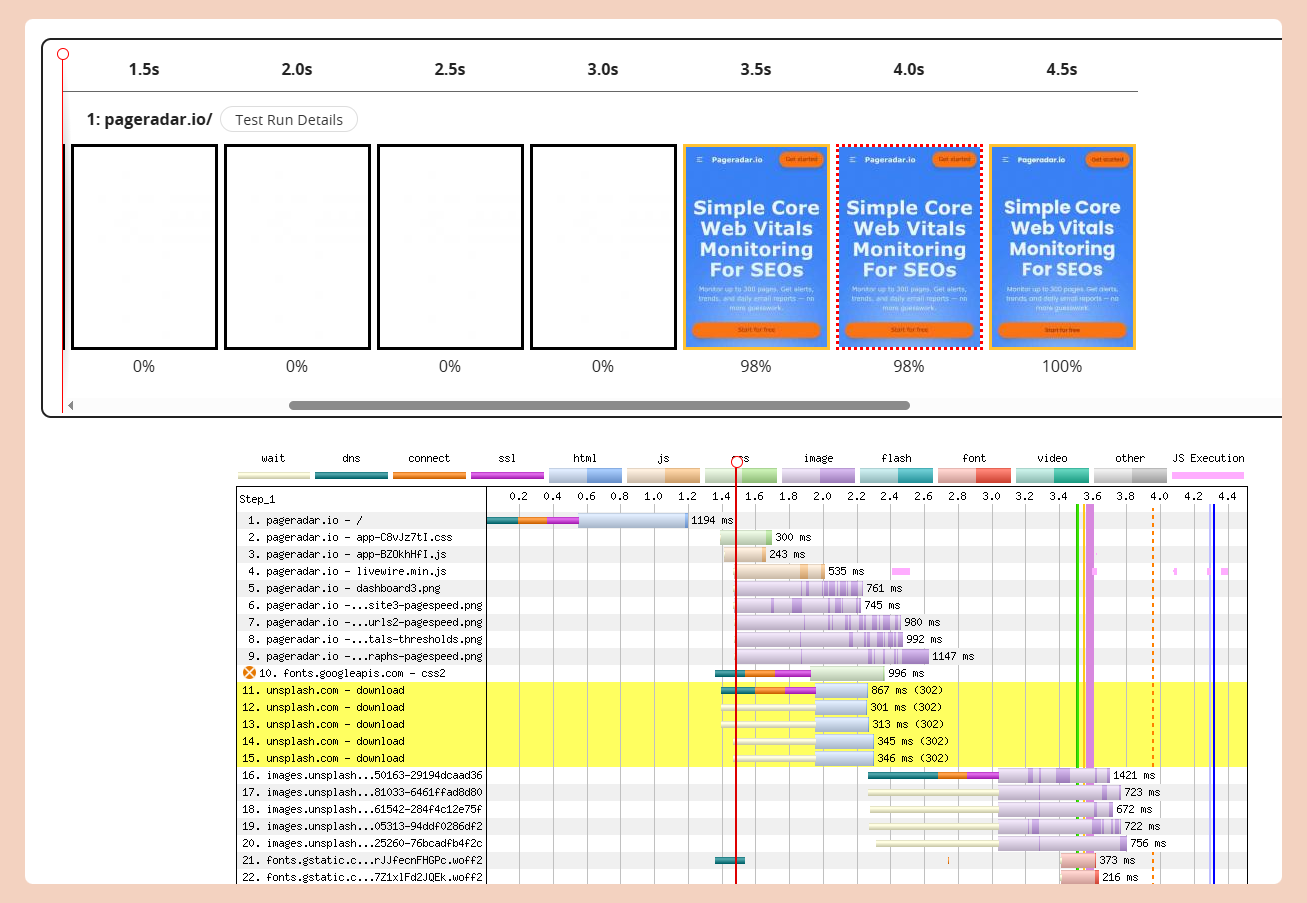
Remember, field data and lab data often show different results. I always prioritize field data because it reflects what real users experience, while using lab data to diagnose specific issues.
LCP optimization: quick wins
These are the fastest ways to improve LCP with minimal development resources :
1. Optimize your images
Images are often the largest contentful element and the biggest opportunity for improvement. I recommend:
-
Compress images: Use modern formats like WebP or AVIF, which are 30-50% smaller than JPG/PNG.
-
Properly size images: Don't send desktop-sized images to mobile devices.
-
Use responsive images: Implement the srcset attribute to deliver the right image size.
<img
src="product-500w.jpg"
srcset="product-500w.jpg 500w, product-800w.jpg 800w, product-1400w.jpg 1400w"
sizes="(max-width: 600px) 500px, (max-width: 1200px) 800px, 1400px"
alt="Product description"
fetchpriority="high">2. Prioritize critical resources
-
Add fetchpriority="high" to your LCP element: This tells browsers to load this resource with higher priority.
-
Preload critical resources: Use <link rel="preload"> for your LCP image.
<link rel="preload" href="/hero-image.webp" as="image" type="image/webp">3. Reduce render-blocking resources
-
Defer non-critical JavaScript: Add the defer attribute to scripts that aren't needed for initial rendering.
-
Inline critical CSS: Put the CSS needed for above-the-fold content directly in the HTML.
4. Improve server response time
-
Optimize your hosting: Choose a hosting solution appropriate for your traffic levels.
-
Implement caching: Add browser caching headers and consider a CDN.
# Example .htaccess rules for Apache servers
<IfModule mod_expires.c>
# Enable expirations
ExpiresActive On
# Images cache for 1 year
ExpiresByType image/jpeg "access plus 1 year"
ExpiresByType image/png "access plus 1 year"
ExpiresByType image/webp "access plus 1 year"
# CSS and JavaScript cache for 1 month
ExpiresByType text/css "access plus 1 month"
ExpiresByType application/javascript "access plus 1 month"
# Fonts cache for 1 year
ExpiresByType font/woff2 "access plus 1 year"
</IfModule>-
Reduce redirect chains: Each redirect adds time before content starts loading (but as an SEO, you already know that, right ?).
LCP optimization: long-term solutions
For more substantial improvements, consider these strategies that may require more development resources:
1. Implement server-side rendering (SSR)
Client-side rendering frameworks like React can delay LCP if not configured correctly. Server-side rendering generates HTML on the server, allowing content to be visible sooner.
2. Use a CDN
Content Delivery Networks place your content closer to users, reducing network latency. This is especially important for global audiences.
3. Optimize font loading
Custom fonts can delay text rendering. Consider:
-
Using font-display: swap to show text immediately with a fallback font
<style>
@font-face {
font-family: 'Inter';
font-style: normal;
font-weight: 400 700;
font-display: swap;
src: url('https://pageradar.io/fonts/inter-var.woff2') format('woff2');
}
body {
font-family: 'Inter', system-ui, -apple-system, BlinkMacSystemFont, sans-serif;
}
</style>-
Preloading critical fonts
<!-- Preload critical fonts -->
<link rel="preload" href="https://pageradar.io/fonts/inter-var.woff2" as="font" type="font/woff2" crossorigin>-
Self-hosting fonts instead of using third-party providers
4. Reduce JavaScript impact
JavaScript is often a major factor to poor LCP because it competes for browser resources. Consider:
-
Code splitting to load only what's needed initially
-
Removing unused JavaScript
-
Minimizing third-party scripts above the fold
LCP for different website types
I've noticed that different types of websites face unique LCP challenges:
E-commerce websites 💸
-
Challenge ⚠️: Product images are crucial but can be large and numerous.
-
Solutions ✅ :
-
Prioritize the first product image above all other resources
-
Consider image formats with progressive rendering
-
Implement image-specific CDNs
News and media sites 📰
-
Challenge ⚠️: Featured images and ads often compete for resources.
-
Solutions ✅ :
-
Reserve space for ads to prevent layout shifts
-
Optimize headline rendering with system fonts
-
Consider text-only LCP for faster perception of content
SaaS and web applications 👔
-
Challenge ⚠️: Complex interfaces with many interactive elements.
-
Solutions ✅ :
-
Focus on progressive rendering
-
Consider skeleton screens while content loads
-
Prioritize the most important interactive elements
Common misconceptions about LCP
Throughout my career, I've encountered several misconceptions about LCP:
1. "A faster server will fix all LCP issues"
While server response time is important, many LCP issues occur on the front end after the HTML has been delivered. You need to address both server and client-side optimizations.
2. "I should make my largest element smaller to improve LCP"
LCP isn't about making your content smaller – it's about making it appear faster. Sometimes a slightly smaller but slower-loading element can result in worse LCP than a larger but optimized element.
3. "LCP is the only performance metric that matters for SEO"
While LCP is critical, Google looks at all Core Web Vitals, including Cumulative Layout Shift (CLS) and Interaction to Next Paint (INP). A balanced approach to all three metrics is necessary.
Conclusion
The key takeaways I want to leave you with are:
-
Focus on what your users see first – that's what LCP measures
-
Prioritize the loading of your main content element
-
Start with image optimization for the quickest wins
-
Monitor your performance continually, as it can degrade over time
Browsers and standards evolve, so will performance best practices. That's why I built PageRadar to help SEOs monitor Core Web Vitals over time and receive alerts when performance degrades.
I hope this guide helps you improve your site's LCP and, ultimately, deliver a better experience for your users while.
Additional resources
For those looking to dive deeper, here are some resources I recommend:
This article was last updated on May 6, 2025, to reflect the latest Core Web Vitals standards.
About the author
Samir Belabbes is the Head of SEO at North Star Network, where he leads a team of SEO professionals serving sports media websites in over 30 countries. With more than 7 years of experience in technical SEO, performance optimization, and digital marketing, Samir specializes in improving website performance for high-traffic websites.
As an instructor at SKEMA Business School, Samir teaches advanced SEO techniques to master's degree students. His background includes SEO management for multiple industries including sports media, gambling/casino, and insurance sectors.
Samir is passionate about web performance optimization and helping SEO professionals understand technical concepts in accessible ways. He founded PageRadar.io to help website owners monitor and improve their Core Web Vitals.
Connect with Samir on LinkedIn
